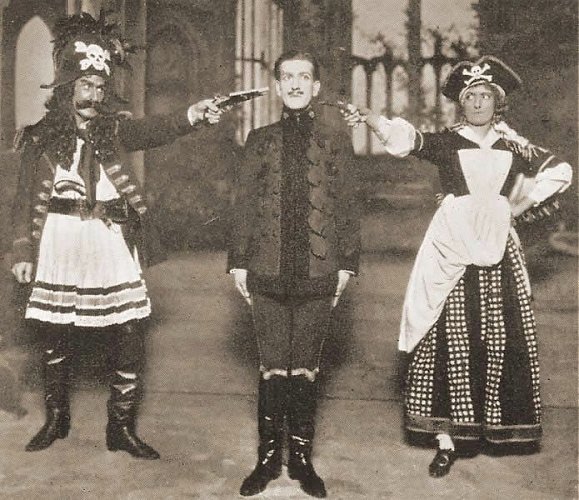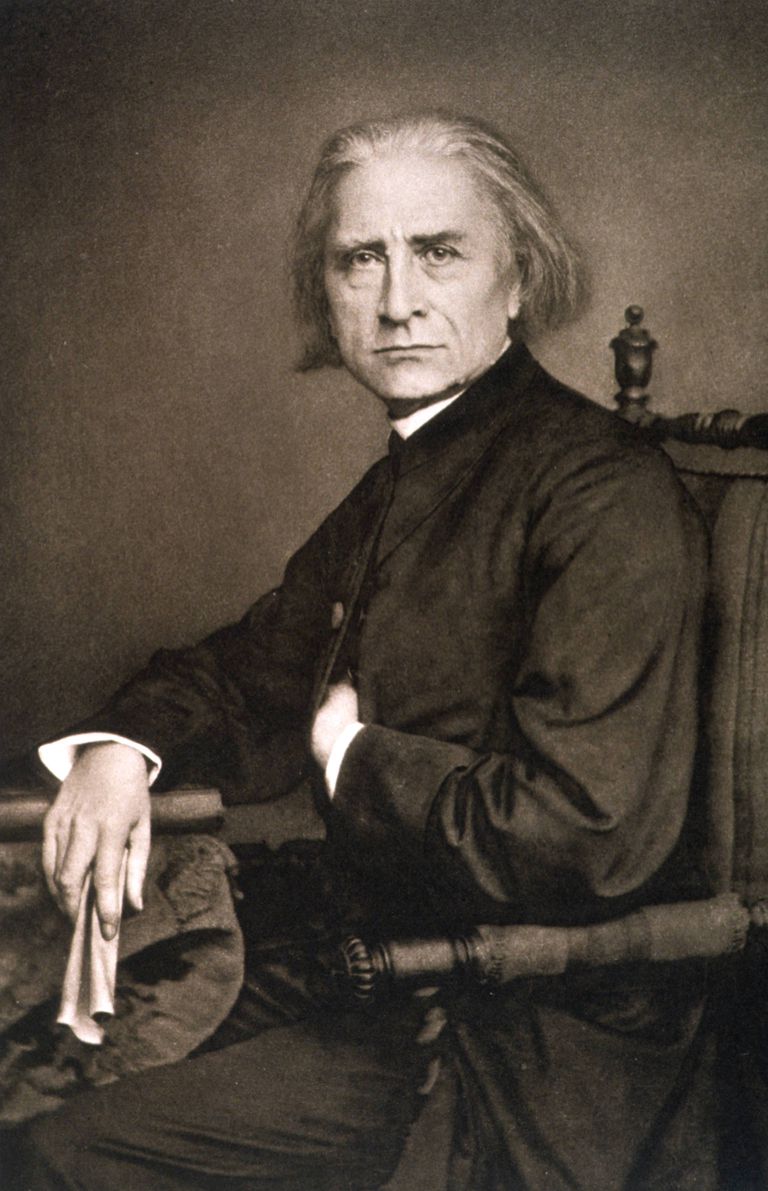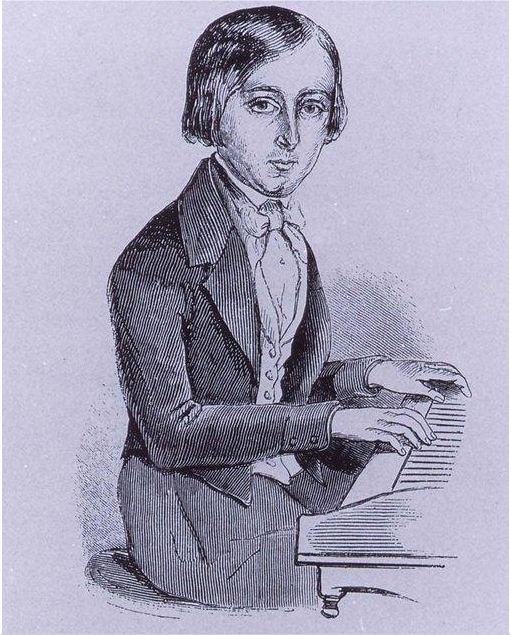|
Bertha Lewis
Bertha Amy Lewis (12 May 1887 – 8 May 1931) was an English opera singer and actress primarily known for her work as principal contralto in the Gilbert and Sullivan comic operas with the D'Oyly Carte Opera Company. Life and career Early life and career Lewis was born in Forest Gate, London. She attended St. Angela's High School, Upton"Editorial notes", ''The Savoyard'', Vol. X, No. 1, May 1971, p. 6 and then studied voice at the Royal Academy of Music, gaining an A.R.A.M. qualification. She had made professional appearances on the concert stage but had not acted before she joined D'Oyly Carte at the age of 19 in 1906 as Kate in ''The Pirates of Penzance''. She soon was touring with the company as Kate, Lady Saphir in ''Patience (opera), Patience'', Leila in ''Iolanthe'', Ada in ''Princess Ida'', Vittoria in ''The Gondoliers'', and First Bridesmaid in ''Trial by Jury''. In 1908, at the Savoy Theatre, she played the part of Gwenny Davis in Fenn and Faraday's ''A Welsh Sunset'', ... [...More Info...] [...Related Items...] OR: [Wikipedia] [Google] [Baidu] |
Bertha Lewis As Blanche
Bertha is a female Germanic name, from Old High German ''berhta'' meaning "bright one". It was usually a short form of Anglo Saxon names ''Beorhtgifu'' meaning "bright gift" or ''Beorhtwynn'' meaning "bright joy". The name occurs as a theonym, surviving as Berchta, a figure in Alpine folklore connected to the Wild Hunt, probably an epithet of ''* Frijjō'' in origin. ''Bertha'' appears as a Frankish given name from as early as the 6th century. The monothematic ''Bertha'' as a given name may, however, not originate with the theonym but rather as a short form of dithematic given names including the "bright" element. This is notably the case with the mother of Charlemagne, Bertrada (properly ''berht-rada'' "bright counsel") called "Bertha Broadfoot." Carolingian uses of the name ''Bertha'', as in the case of Bertha, daughter of Charlemagne and Bertha, daughter of Lothair II, are in this tradition. In modern times, the name is associated with an unusually large example of a cla ... [...More Info...] [...Related Items...] OR: [Wikipedia] [Google] [Baidu] |
Baritone
A baritone is a type of classical music, classical male singing human voice, voice whose vocal range lies between the bass (voice type), bass and the tenor voice type, voice-types. It is the most common male voice. The term originates from the Greek language, Greek (), meaning "low sounding". Composers typically write music for this voice in the range from the second F below C (musical note), middle C to the F above middle C (i.e. Scientific pitch notation, F2–F4) in choral music, and from the second G below middle C to the G above middle C (G2 to G4) in operatic music, but the range can extend at either end. Subtypes of baritone include the baryton-Martin baritone (light baritone), lyric baritone, ''Kavalierbariton'', Verdi baritone, dramatic baritone, ''baryton-noble'' baritone, and the bass-baritone. History The first use of the term "baritone" emerged as ''baritonans'', late in the 15th century, usually in French Religious music, sacred Polyphony, polyphonic music. At t ... [...More Info...] [...Related Items...] OR: [Wikipedia] [Google] [Baidu] |
Geoffrey Toye
Edward Geoffrey Toye (17 February 1889 – 11 June 1942), known as Geoffrey Toye, was an English conductor, composer and opera producer. He is best remembered as a musical director of the D'Oyly Carte Opera Company and for his association with Sadler's Wells Theatre. One of his ballets, '' The Haunted Ballroom'' (1934), became popular and was revived several times, and the new overture that he prepared for Gilbert and Sullivan's '' Ruddigore'' in 1919 became the standard version. Life and career Born in Winchester, Hampshire, Toye was the younger son of Arlingham James Toye and his wife Alice Fayrer ''née'' Coates. Toye's father was a housemaster at Winchester College, who for many years ran a music society for the boys. His elder brother Francis Toye was also a composer and musician.Weedon, Robert"Geoffrey Toye" ''War Composers: The Music of World War 1'', accessed October 21, 2021 Early years Toye studied at the Royal College of Music, concentrating on composition and c ... [...More Info...] [...Related Items...] OR: [Wikipedia] [Google] [Baidu] |
Derek Oldham
Derek Oldham (29 March 1887 – 20 March 1968) was an English singer and actor, best known for his performances in the tenor roles of the Savoy Operas with the D'Oyly Carte Opera Company. After performing in concerts as a boy soprano and working as a bank clerk, Oldham began a professional performing career in 1914. With the outbreak of World War I, he joined the Scots Guards, serving with valour. After the war, he joined the D'Oyly Carte Opera Company, singing the tenor leads in the Gilbert and Sullivan operas for three years. He then starred in musicals and operettas in the West End in the 1920s, including '' Madame Pompadour'', ''The Merry Widow'', ''Rose-Marie'' and ''The Vagabond King''. He returned to the D'Oyly Carte for brief periods from 1929 to 1937. Oldham continued singing, recording and acting through the 1940s, also appearing in several films. He concentrated on legitimate theatre in the 1950s, acting until the age of 70. He maintained a lifelong interest in Gilbe ... [...More Info...] [...Related Items...] OR: [Wikipedia] [Google] [Baidu] |
Louie René
Louie René (c. 1872 - 9 March 1955) was an English opera singer and actress best remembered for her performances with the D'Oyly Carte Opera Company in the Gilbert and Sullivan contralto roles at the turn of the 20th century. René performed with D'Oyly Carte touring companies from 1894 to 1903, except for one year, playing the principal contralto roles of the Savoy operas. For most of the period between 1906 and 1914, both in London and on tour, she served as the company's principal contralto, playing the roles of Little Buttercup in ''H.M.S. Pinafore'', Ruth in ''The Pirates of Penzance'' and Katisha in ''The Mikado'', among others. After this, she pursued a career in Edwardian musical comedy. Early life and career Born in St John's Wood in London, René appeared in 1892–93 with a touring company in ''The Mountebanks'' by W. S. Gilbert. ''The Era (newspaper), The Era'' commented that she "sings and plays Ultrice in admirable style". She joined a D'Oyly Carte Opera Company ... [...More Info...] [...Related Items...] OR: [Wikipedia] [Google] [Baidu] |
The Musical Times
''The Musical Times'' was an academic journal of classical music edited and produced in the United Kingdom. It was originally created by Joseph Mainzer in 1842 as ''Mainzer's Musical Times and Singing Circular'', but in 1844 he sold it to Alfred Novello (who also founded '' The Musical World'' in 1836), and it was published monthly by Novello and Co. (also owned by Alfred Novello at the time). It first appeared as ''The Musical Times and Singing Class Circular'', a name which was retained until 1903. From the very beginning, every issue – initially just eight pages – contained a simple piece of choral music (alternating secular and sacred), which choral society members subscribed to collectively for the sake of the music. Its title was shortened to its present name from January 1904. Even during World War II it continued to be published regularly, making it the world's oldest continuously published periodical devoted to western classical music. In 1947 a two volume compila ... [...More Info...] [...Related Items...] OR: [Wikipedia] [Google] [Baidu] |
Aida
''Aida'' (or ''Aïda'', ) is a tragic opera in four acts by Giuseppe Verdi to an Italian libretto by Antonio Ghislanzoni. Set in the Old Kingdom of Egypt, it was commissioned by Cairo's Khedivial Opera House and had its première there on 24 December 1871, in a performance conducted by Giovanni Bottesini. Today the work holds a central place in the operatic canon, receiving performances every year around the world. At New York's Metropolitan Opera alone, ''Aida'' has been sung more than 1,100 times since 1886. Ghislanzoni's scheme follows a scenario often attributed to the French Egyptologist Auguste Mariette, but Verdi biographer Mary Jane Phillips-Matz argues that the source is actually Temistocle Solera. Elements of the opera's genesis and sources Isma'il Pasha, Khedive of Egypt, commissioned Verdi to write an opera to celebrate the opening of the Suez Canal, but Verdi declined. However, Auguste Mariette, a French Egyptologist, proposed to Khedive Pasha a plot for a cele ... [...More Info...] [...Related Items...] OR: [Wikipedia] [Google] [Baidu] |
Giuseppe Verdi
Giuseppe Fortunino Francesco Verdi ( ; ; 9 or 10 October 1813 – 27 January 1901) was an Italian composer best known for List of compositions by Giuseppe Verdi, his operas. He was born near Busseto, a small town in the province of Parma, to a family of moderate means, receiving a musical education with the help of a local patron, Antonio Barezzi. Verdi came to dominate the Italian opera scene after the era of Gioachino Rossini, Vincenzo Bellini, and Gaetano Donizetti, whose works significantly influenced him. In his early operas, Verdi demonstrated sympathy with the Risorgimento movement which sought the unification of Italy. He also served briefly as an elected politician. The chorus "Va, pensiero" from his early opera ''Nabucco'' (1842), and similar choruses in later operas, were much in the spirit of the unification movement, and the composer himself became esteemed as a representative of these ideals. An intensely private person, Verdi did not seek to ingratiate hims ... [...More Info...] [...Related Items...] OR: [Wikipedia] [Google] [Baidu] |
Samson And Delilah (opera)
''Samson and Delilah'' (), Op. 47, is a grand opera in three acts and four scenes by Camille Saint-Saëns to a French libretto by Ferdinand Lemaire. It was first performed in Weimar at the (Grand Ducal) Theater (now the Staatskapelle Weimar) on 2 December 1877 in a German translation. The opera is based on the Biblical tale of Samson and Delilah found in Chapter 16 of the Book of Judges in the Old Testament. It is the only opera by Saint-Saëns that is regularly performed. The second act love scene in Delilah's tent is one of the set pieces that define French opera. Two of Delilah's arias are particularly well known: "" ("Spring begins") and "" ("My heart opens itself to your voice", also known as "Softly awakes my heart"), the latter of which is one of the most popular recital pieces in the mezzo-soprano/contralto repertoire. Composition history In the middle of the 19th century, a revival of interest in choral music swept France, and Saint-Saëns, an admirer of the ora ... [...More Info...] [...Related Items...] OR: [Wikipedia] [Google] [Baidu] |
Camille Saint-Saëns
Charles-Camille Saint-Saëns (, , 9October 183516 December 1921) was a French composer, organist, conductor and pianist of the Romantic music, Romantic era. His best-known works include Introduction and Rondo Capriccioso (1863), the Piano Concerto No. 2 (Saint-Saëns), Second Piano Concerto (1868), the Cello Concerto No. 1 (Saint-Saëns), First Cello Concerto (1872), ''Danse macabre (Saint-Saëns), Danse macabre'' (1874), the opera ''Samson and Delilah (opera), Samson and Delilah'' (1877), the Violin Concerto No. 3 (Saint-Saëns), Third Violin Concerto (1880), the Symphony No. 3 (Saint-Saëns), Third ("Organ") Symphony (1886) and ''The Carnival of the Animals'' (1886). Saint-Saëns was a musical prodigy; he made his concert debut at the age of ten. After studying at the Paris Conservatoire he followed a conventional career as a church organist, first at Saint-Merri, Paris and, from 1858, La Madeleine, Paris, La Madeleine, the official church of the Second French Empire, Fr ... [...More Info...] [...Related Items...] OR: [Wikipedia] [Google] [Baidu] |
Carmen
''Carmen'' () is an opera in four acts by the French composer Georges Bizet. The libretto was written by Henri Meilhac and Ludovic Halévy, based on the novella of the same title by Prosper Mérimée. The opera was first performed by the Opéra-Comique in Paris on 3 March 1875, where its breaking of conventions shocked and scandalised its first audiences. Bizet died suddenly after the 33rd performance, unaware that the work would achieve international acclaim within the following ten years. ''Carmen'' has since become one of the most popular and frequently performed operas in the classical canon; the " Habanera" and "Seguidilla" from act 1 and the " Toreador Song" from act 2 are among the best known of all operatic arias. The opera is written in the genre of ''opéra comique'' with musical numbers separated by dialogue. It is set in southern Spain and tells the story of the downfall of Don José, a naïve soldier who is seduced by the wiles of the fiery gypsy Carmen. Jos� ... [...More Info...] [...Related Items...] OR: [Wikipedia] [Google] [Baidu] |






